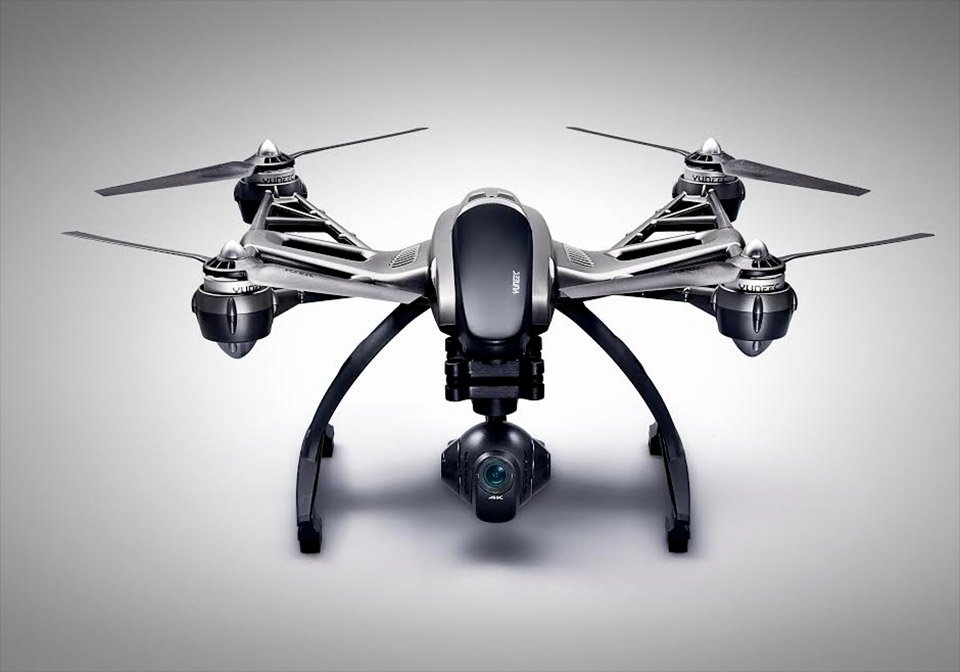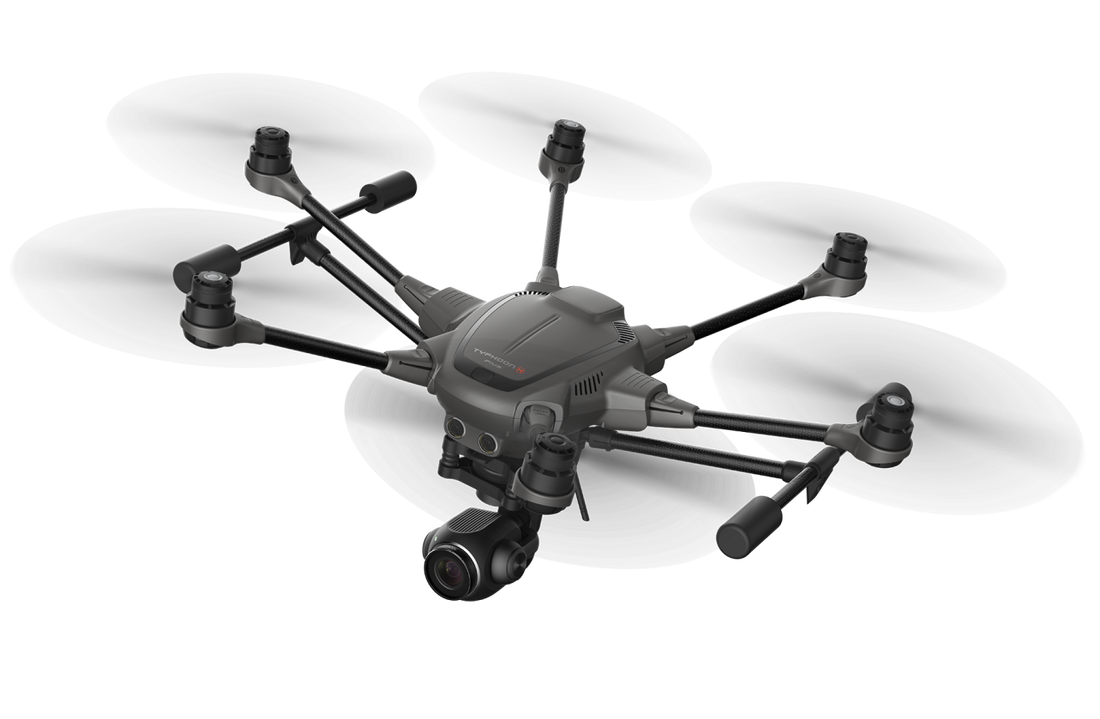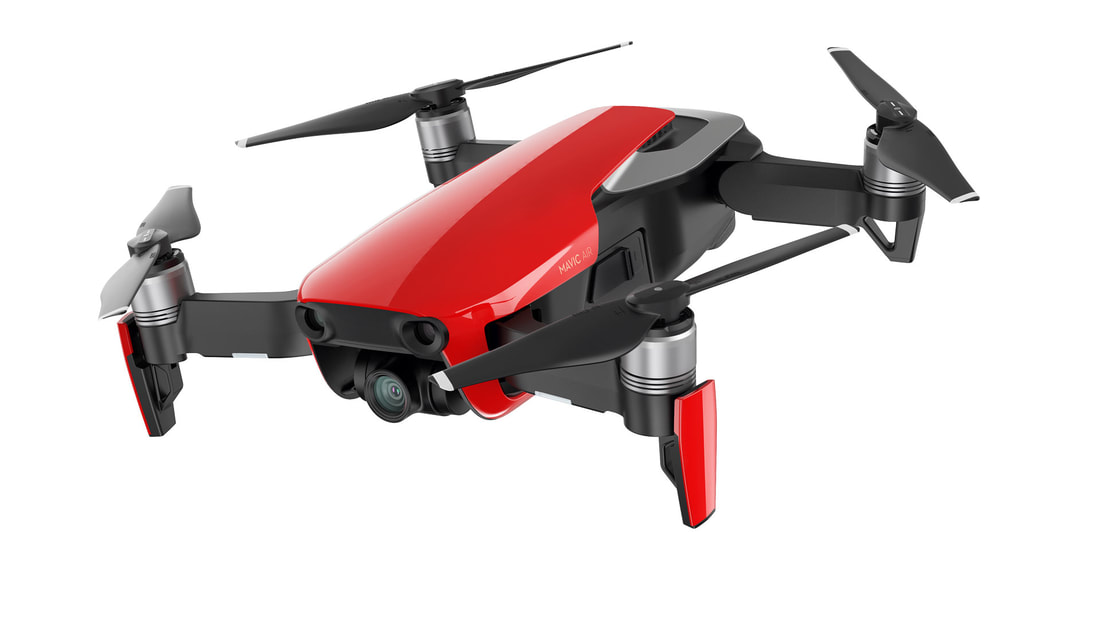Ken's Cameras
|
I got my first camera for Christmas in 1972 and the first pictures from it in my photo albums are of Muggsy, our dog at the time. I also have a 1973 photo of Fr. Budde in our classroom at St. James Elementary School in Mukwonago, WI. I kept various photos from this camera, including from my trip to California with Grandma & Grandpa Markert in 1976 and our family vacation to the Black Hills of South Dakota in 1977.
That first camera was a Kodak Pocket Instamatic 10, the most basic of six Pocket Instamatic models, and 1972 (the year I got it) was the very first year they were made. These cameras used 110 size film cartridges which had just been developed by Kodak to offer loading simplicity to the user and processing simplicity to the industry. Because they were cartridges, there was no film leader to attach to the take-up spool and because of the film size it could be processed on the same film reels used to process 8mm and 16mm movie film. I had no idea that my first camera was literally "state of the art" when I got it at 8 years old! |
|
Somewhere around my 8th grade graduation I found an old 35mm camera in the basement of our home in Mukwonago and developed a curiosity about the relationship between the shutter speed and the size of the opening. My instamatic had neither of these options. I began experimenting with this "new" old camera using slide film which Dad explained was "unforgiving" since it was intended to be projected "as is" and was not normally printed where exposure errors could be partially corrected. My first photos with this camera appear in my album in 1979 from the high school band trip to Disney World, Florida. Photos from this camera also appear in the Mukwonago High School Year Books of 1979 and 1980, as well as in the Mukwonago Chief newspaper during that time.
This "found" camera was an Anscoset from 1960 or 1961. It too was the most basic of three models produced by Minolta and branded Ansco for sale in the United States. What I didn't realize until after dad passed away many years later, was that he apparently got this camera brand new when these were first introduced - right around the time of his wedding based on the photos in his own albums! Now that I've finally put two and two together, it is clear that dad too was a bit of a photo buff and also that he seemed to like to try the newest cameras. He got himself a brand new model when he got married, and he got me a simpler but still brand new technology camera when I first showed an interest in photography. I'm not even sure how I showed that interest back then - before I ever had a camera! |
|
Not long after getting hooked on photography but at the same time having to wait for weeks or sometimes months to finish a roll of film and get it developed, I fell into the instant gratification lure of the Polaroid camera. Somehow I got one, but for the life of me I can't remember when and I can't remember where. I do remember taking a few photos with it and discovering that the film was expensive and the quality was poor. In addition, many, many photos were wasted with poor spread of the chemicals as the paper was extracted from the camera. For all of these reasons, there is only one Polaroid image in my albums - of Bugs, our dog, wearing a pair of deer antlers like in the Grinch dog! This places the date sometime after we got him - somewhere around 1974.
|
|
During high school, I really got into photography and learned how to develop film as well. As I did, I discovered the limitations of that 1960 Anscoset camera. It had a built-in light meter and a built-in, fixed focal length lens. The light meter helped me a ton with getting good exposures but as I learned, I wanted more creative control. That's when I finally understood what an EV (Exposure Value) was. The Anscoset linked the aperture control to the shutter speed control to create an EV. As available light on the subject increased or decreased, the EV was adjusted by turning a single ring on the lens. This ring simultaneously changed the shutter speed and aperture, making them faster and smaller respectively, or slower and larger as necessary. This meant that there was no way to choose an aperture to control depth of field and match it to a shutter speed, nor to choose a shutter speed to control action blur and match it to an aperture. There was only one single combination of speed and opening for each lighting condition. Couple that limitation with a built-in, fixed focal length lens that could not be changed for a wide angle lens or a telephoto lens (or even for a zoom lens), and I found a need to buy myself my first SLR (Single Lens Reflex) camera.
Half way through high school, I bought my first SLR - a Pentax MX. I chose this camera after extensive research and after ruling out more expensive (wished for) options of Canon and Nikon. Pentax offered many of the same features and a lot of the quality at a more affordable price, and the MX was a comfortable "middle ground" camera. It did not have the automatic (and more expensive) features of the ME, but it had more robust light metering capabilities and accessories than the more basic models. This was my go-to camera for the remainder of high school and all the way up until I deployed to Kuwait in 2003. |
|
In college, I hooked up with a local photographer and started shooting backup for his weddings and eventually shot my own weddings that he double-booked or I picked up on my own. During these years I purchased the motor drive unit for high-speed film advance, expanded my lens selection, purchased multiple flash units and accessories including light stands, battery packs, and diffusers, and purchased a backup camera body. Since I had gotten very adept at determining exposure settings, I opted to go with a more basic (and less expensive) Pentax model rather than buying a duplicate MX. I opted for the "workhorse" of the Pentax 35mm line - the K-1000. It had been around for years and the simplicity of its non-electronic design made it highly reliable. It used all of the same lenses and accessories of my MX so while I bought it as a backup body for wedding photography (heaven forbid something went wrong and there was no backup!) I often carried it "at the ready" with a different lens than what was on my MX at the time. That gave me the ability for a quick switch from telephoto to wide angle for example when necessary.
|
|
Also during my college years, dad bought a Pentax ME. Yeah, the top-of-the-line model with auto everything. He too purchased various lenses, all of which also fit my MX and K-1000, and all of which were eventually handed down to me when he went digital before I could afford to! Always on the cutting edge that Rody was!
|
|
When I was preparing to deploy to Kuwait in 2003 I of course wanted to take a camera but I didn't want to take my good stuff since I had no idea what circumstances I would be in. I also had no idea what I would be able to do about developing film or obtaining new film. Dad gave me an RCA brand, 1 MegaPixel digital camera to take along and many of my "Ginger Goes To Baghdad" photos and others in Kuwait were taken with that camera.
|
|
Digital worked for me, so in my spare time there, I researched better digital cameras. I couldn't justify the cost of a digital SLR, so I kept my Pentax film kit and purchased a 5 MP Nikon Coolpix 5700 just before going into Baghdad. 5 MP had, for a long time, been viewed in the industry as the 35mm equivalent, and Nikon had been my "dream brand" since high school. The Coolpix wasn't an SLR but it did have a built-in wide angle to telephoto zoom lens and manual override capability so that was enough for me. My photos from Baghdad and most of them for the next couple of years were taken with that camera. But in September of 2006, after only three years, my Nikon 5700 died and it was cheaper to replace it than to fix it. Being disappointed with that situation, I replaced it with a Fuji Finepix S5200 instead. I had seen some great images from various Fuji Finepix cameras in recent years and the S5200 was a 5 MP with very similar features compared to the Nikon.
|
|
Then, unbeknownst to me at the time, just like dad I got a new camera before my own wedding to Andrea in 2009. Andrea and I decided to go to Alaska for our honeymoon and there was no way I was going to Alaska for the first time without a good SLR camera. By this time I had not used film in a long time and wasn't about to switch back and risk messing everything up, being out of practice and all. Of course, just like dad, I already had an eye on my preferred SLR - cost to benefit trade-off always being considered, and Andrea got me a Nikon D-60 as a wedding gift. This was a 10 MP SLR and came with both wide angle and telephoto zoom lenses. While she was out shopping for it, she decided that I would get her a HD video camera, also as a wedding gift. We went to Alaska fully prepared to bring back some amazing imagery!
Once again, just two years prior and unbeknownst to me, dad had purchased the Nikon D-40 - essentially the same camera, just an earlier year model. Once again, the lenses and accessories were shareable, so when dad passed away and I inherited his camera equipment, I rounded out my own kit but also assembled a kit around his D-40 that went to his granddaughter, Alicia. |
|
A few years later, while living in California, I started taking photography classes and eventually got my BA degree in Photography. During that time, I upgraded to the 24 MP Nikon D-7200 and was able to take and print some poster-size images of the National Parks and other scenery.
During that same time, and following in dad's footsteps, I also explored the "new frontier" of aerial photography using drones. My first aerial platform was a Yuneec Q-500 with a 12 MP still camera and 4K video camera. It was a quad-copter and could only orient the camera toward the nose of the aircraft. I eventually upgraded to a Yuneec Typhoon H which used the same camera but mounted it on a hex-copter with retractable landing gear and a 360 degree gimbal so that the camera could film in any direction regardless of which way the aircraft was oriented or moving. After several trips lugging this monstrosity through airport security in order to use it at my destinations, I had an opportunity to pick up a DJI Mavic Air. Similar to the Q-500, it could only orient the camera toward the nose of the craft, but that limitation was more than made up for by its compact size and portability. Finally I had a way to get those shots that you just can't get the right angle on with a ground-based camera. |
And here we are today! My base travel kit these days consists of the D-7200, a Sigma 18-300mm Macro zoom lens, a Sigma 10-20mm landscape lens, and the Mavic Air drone. I use a variety of other lenses and accessories for various purposes, but this base kit fits nicely in my Lowepro Fastpack BP 250 AW II backpack and covers a wide range of photo opportunities. In addition, I keep an Expodisc 2.0 with my camera at all times. I should use it more but I only recently started to appreciate its value.













